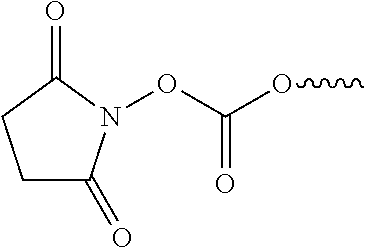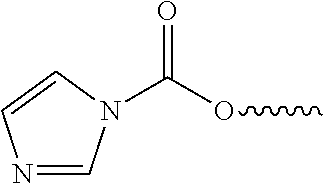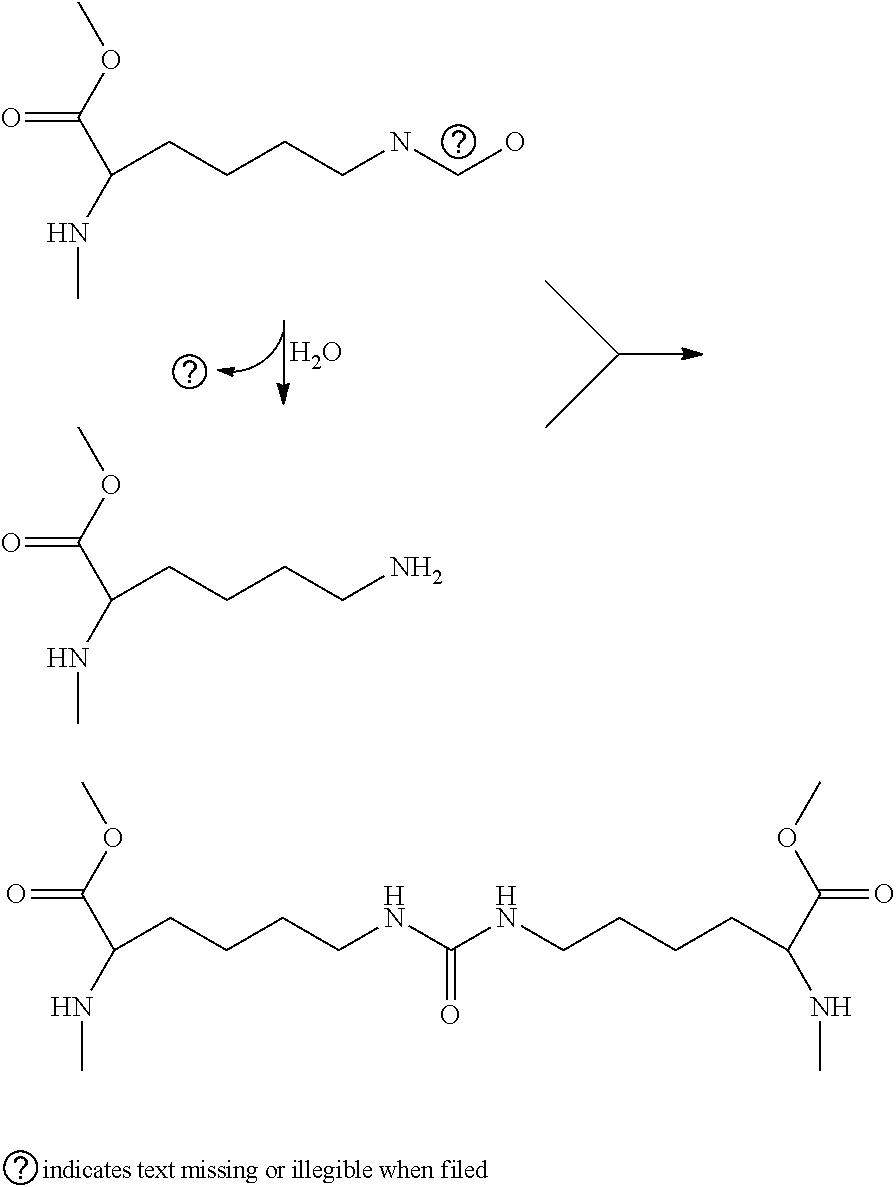In-Situ Forming Foam for Endoscopic Lung Volume Reduction
a technology of endoscopic lung volume and in-situ forming foam, which is applied in the field of polymer foam, can solve the problems of serious drawbacks, inability to improve function, and approaches to lvrs, and achieve the effect of effective lung volume reduction and effective use of lung volume reduction
- Summary
- Abstract
- Description
- Claims
- Application Information
AI Technical Summary
Benefits of technology
Problems solved by technology
Method used
Image
Examples
Embodiment Construction
[0024]Systems and methods related to polymer foams are generally described. Some embodiments relate to compositions and methods for the preparation of polymer foams, and methods for using the polymer foams. In-situ forming foam is deployed as one or more flowable materials that foam and polymerize upon or after deployment. The polymer foams can be applied to a cavity such as an airway, lung, or other suitable structure targeted for reduction such that they occlude the cavity, thus leading to tissue necrosis because the foam prevents oxygenation of the tissue surrounding the duct. As used herein, “cavity”, “duct”, “airway”, “lung” and other similar terms are used synonymously to mean a structure within body tissue into which a foam can be formed, whether naturally-occurring, created by disease or trauma, or made by surgery. The foam need not be applied at an exact location, as foam expansion leads to travel into more distal airways to contact hard to reach areas; if the foam is appli...
PUM
| Property | Measurement | Unit |
|---|---|---|
| Composition | aaaaa | aaaaa |
| Volume | aaaaa | aaaaa |
| Therapeutic | aaaaa | aaaaa |
Abstract
Description
Claims
Application Information
 Login to View More
Login to View More - R&D
- Intellectual Property
- Life Sciences
- Materials
- Tech Scout
- Unparalleled Data Quality
- Higher Quality Content
- 60% Fewer Hallucinations
Browse by: Latest US Patents, China's latest patents, Technical Efficacy Thesaurus, Application Domain, Technology Topic, Popular Technical Reports.
© 2025 PatSnap. All rights reserved.Legal|Privacy policy|Modern Slavery Act Transparency Statement|Sitemap|About US| Contact US: help@patsnap.com



